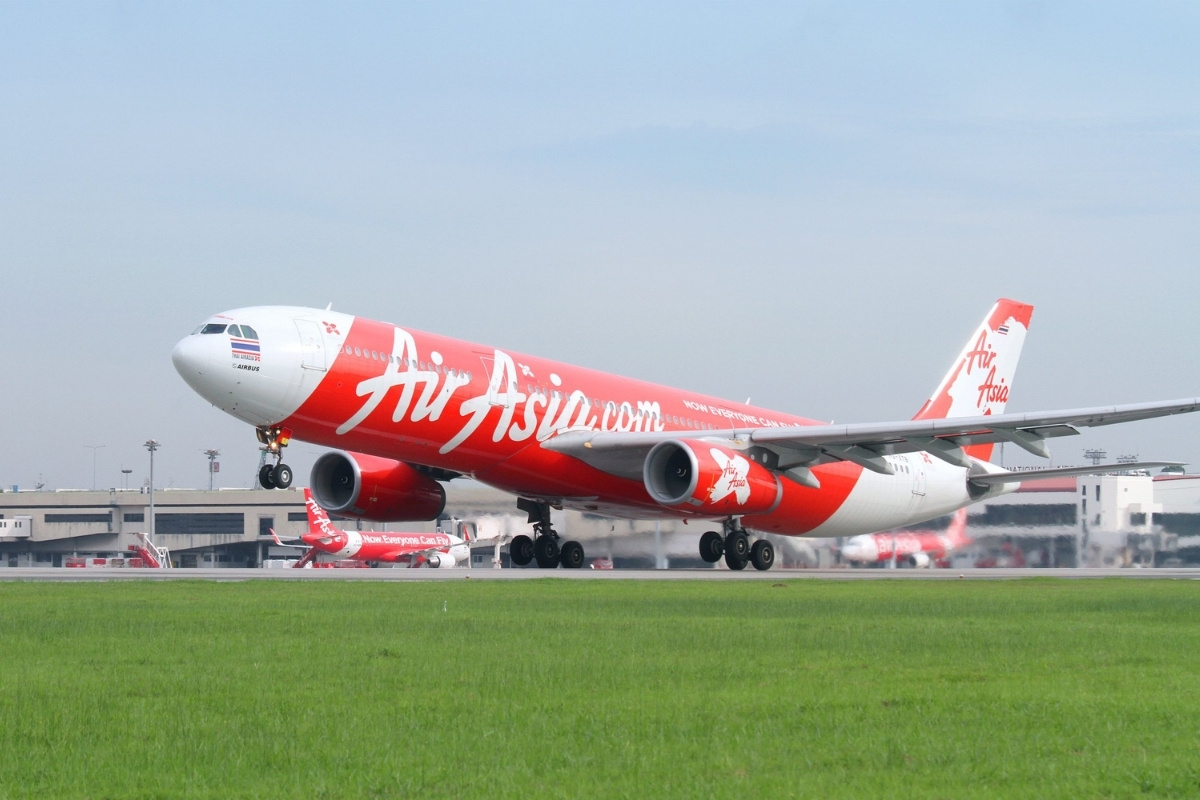
AirAsia Japan has an intriguing history filled with ups and downs. Did you know that this airline, a subsidiary of the Malaysian low-cost carrier AirAsia, aimed to revolutionize air travel in Japan? Founded in 2011, it initially promised affordable flights across Asia. However, the journey wasn't smooth. AirAsia Japan faced fierce competition and regulatory hurdles, leading to its first closure in 2013. A second attempt in 2017 also ended in 2020 due to financial struggles exacerbated by the pandemic. Despite these setbacks, AirAsia Japan left a mark on the aviation industry by challenging traditional airlines and pushing for lower fares. Curious about more details? Let's dive into 29 fascinating facts about AirAsia Japan!
AirAsia Japan: A Brief Overview
AirAsia Japan, a subsidiary of the well-known AirAsia Group, has had an interesting journey in the aviation industry. From its inception to its current status, there are many intriguing aspects about this airline. Let's dive into some fascinating facts about AirAsia Japan.
-
AirAsia Japan was established in 2011 as a joint venture between AirAsia and All Nippon Airways (ANA).
-
The airline commenced operations on August 1, 2012, with its first flight from Narita International Airport to Fukuoka.
-
AirAsia Japan initially operated domestic flights within Japan, connecting major cities like Tokyo, Osaka, and Sapporo.
-
In 2013, AirAsia Japan faced financial difficulties, leading to the termination of its joint venture with ANA.
-
Following the dissolution, ANA rebranded the airline as Vanilla Air, which continued operations independently.
The Rebirth of AirAsia Japan
After a brief hiatus, AirAsia Japan made a comeback with a new strategy and vision. Here are some key facts about its revival.
-
In 2014, AirAsia announced plans to re-enter the Japanese market with a new joint venture.
-
The new AirAsia Japan was established in July 2014, this time partnering with Japanese companies like Rakuten and Octave Japan.
-
The airline received its Air Operator's Certificate (AOC) from the Japanese Civil Aviation Bureau in October 2017.
-
AirAsia Japan resumed operations on October 29, 2017, with its inaugural flight from Nagoya to Sapporo.
-
The airline's base of operations was Chubu Centrair International Airport in Nagoya.
Fleet and Destinations
AirAsia Japan's fleet and destinations have evolved over time. Here are some notable facts about its aircraft and routes.
-
The airline initially operated a fleet of Airbus A320 aircraft, known for their efficiency and reliability.
-
AirAsia Japan's fleet was configured in an all-economy class layout, offering affordable travel options.
-
The airline expanded its route network to include international destinations like Taipei and Seoul.
-
By 2019, AirAsia Japan operated flights to popular domestic destinations such as Sendai and Fukuoka.
-
The airline aimed to provide low-cost travel options to both domestic and international travelers.
Challenges and Changes
AirAsia Japan faced several challenges throughout its journey, leading to significant changes in its operations.
-
The airline struggled with intense competition from other low-cost carriers in the Japanese market.
-
In 2020, the COVID-19 pandemic severely impacted the aviation industry, including AirAsia Japan.
-
Due to the pandemic, the airline suspended operations temporarily in April 2020.
-
Despite efforts to resume flights, AirAsia Japan announced the cessation of operations on October 5, 2020.
-
The decision to cease operations was influenced by the prolonged impact of the pandemic on travel demand.
Legacy and Impact
Even though AirAsia Japan ceased operations, its legacy and impact on the aviation industry remain noteworthy.
-
AirAsia Japan played a significant role in promoting low-cost travel options in Japan.
-
The airline's presence encouraged competition, leading to more affordable fares for travelers.
-
AirAsia Japan's innovative approach to customer service set new standards in the industry.
-
The airline's use of digital technology for booking and check-in processes streamlined the travel experience.
-
AirAsia Japan's commitment to safety and punctuality earned it a loyal customer base.
Fun Facts
Here are some fun and lesser-known facts about AirAsia Japan that you might find interesting.
-
AirAsia Japan's cabin crew uniforms were designed to reflect a modern and stylish look.
-
The airline's in-flight menu featured a variety of Japanese and international dishes.
-
AirAsia Japan offered a frequent flyer program called "BIG Loyalty," allowing passengers to earn and redeem points.
-
The airline's mascot, a red panda named "Aka-chan," became a popular symbol of the brand.
AirAsia Japan's journey may have been short-lived, but its impact on the aviation industry and the memories it created for travelers will be remembered for years to come.
Final Thoughts on AirAsia Japan
AirAsia Japan's journey has been a rollercoaster of highs and lows. From its initial launch to its eventual shutdown, the airline faced numerous challenges but also achieved significant milestones. Despite its closure, the impact on the aviation industry in Japan remains noteworthy. AirAsia Japan introduced affordable travel options, making air travel accessible to many. The airline's story is a testament to the dynamic nature of the aviation sector, where adaptability and resilience are key. While AirAsia Japan may no longer be in operation, its legacy continues to influence budget airlines in the region. The lessons learned from its experience offer valuable insights for future ventures in the industry. As we reflect on AirAsia Japan's history, it's clear that innovation and perseverance are essential for success in the ever-changing world of aviation.
Was this page helpful?
Our commitment to delivering trustworthy and engaging content is at the heart of what we do. Each fact on our site is contributed by real users like you, bringing a wealth of diverse insights and information. To ensure the highest standards of accuracy and reliability, our dedicated editors meticulously review each submission. This process guarantees that the facts we share are not only fascinating but also credible. Trust in our commitment to quality and authenticity as you explore and learn with us.
